Lecture
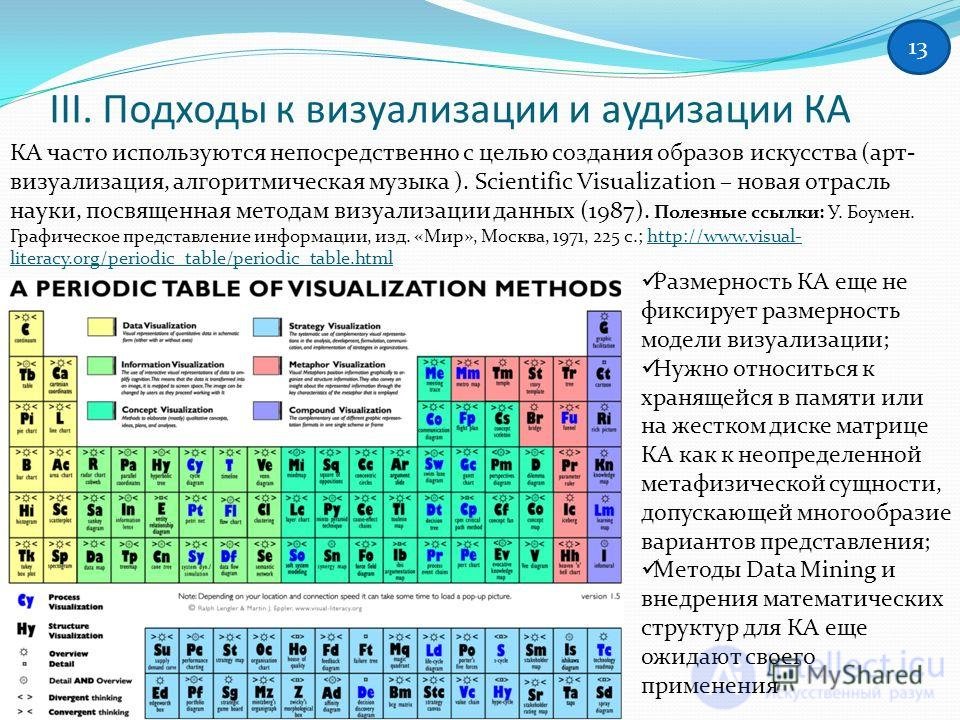
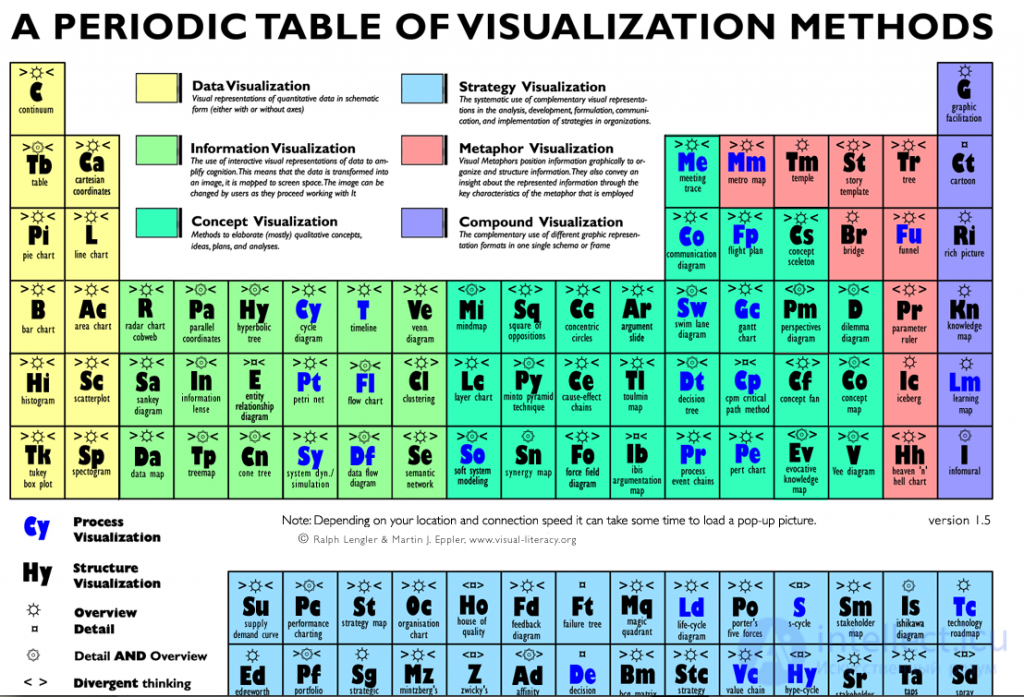
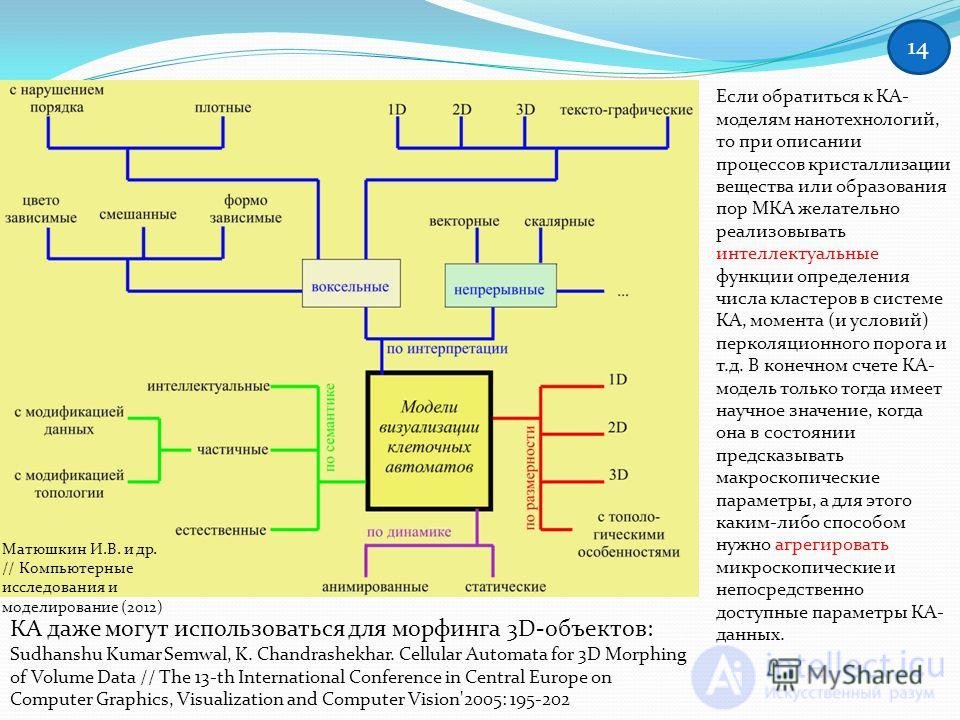


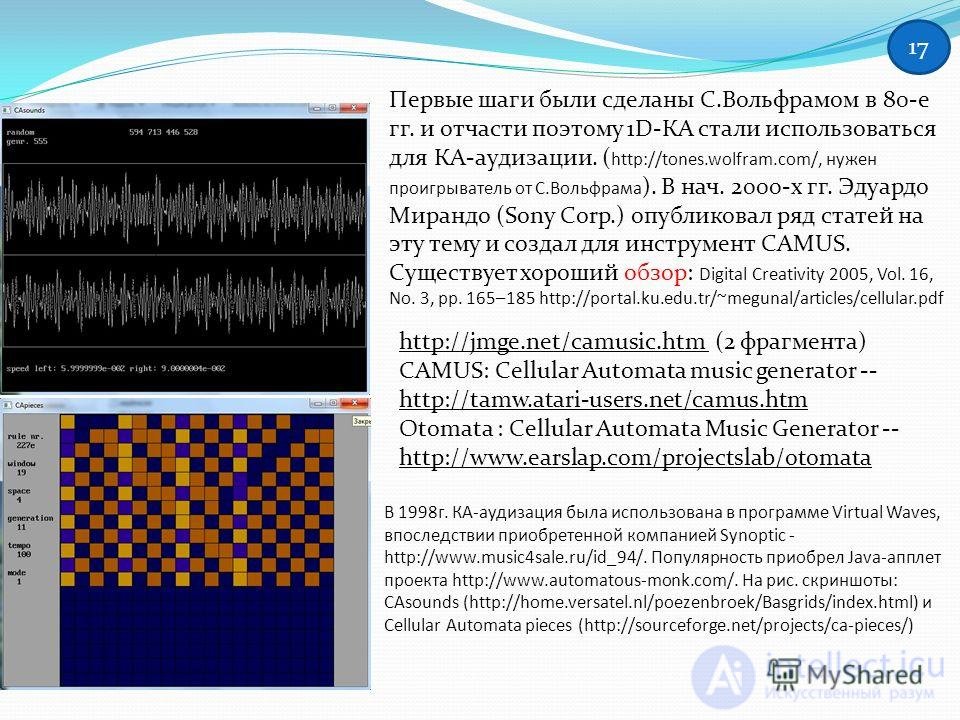
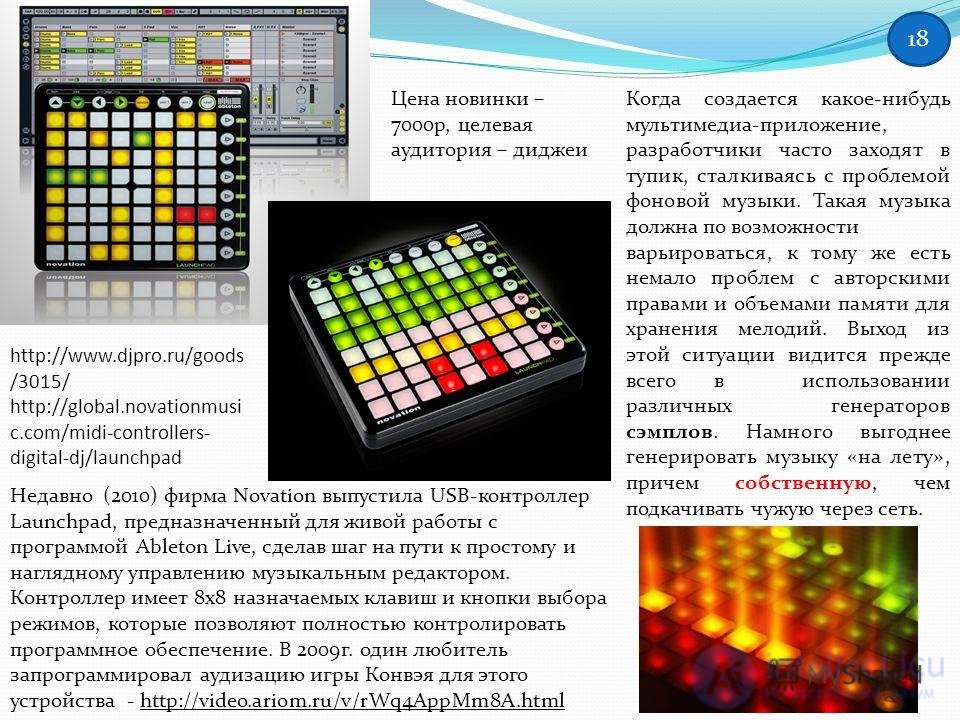
KA are often used directly to create images of art (art-visualization, algorithmic music). Scientific Visualization is a new branch of science dedicated to data visualization techniques (1987). Useful links: W. Bowman. Graphic representation of information, ed. Mir, Moscow, 1971, 225 p .; literacy.org/periodic_table/periodic_table.html The dimension of the spacecraft does not yet fix the dimension of the visualization model; It is necessary to treat the spacecraft matrix stored in memory or on a hard disk as an indefinite metaphysical entity that allows for a variety of presentation options; Data mining methods and the implementation of mathematical structures for spacecraft are still awaiting application. 13
14 If we turn to KA-models of nanotechnologies, then when describing the processes of crystallization of a substance or the formation of ICA pores, it is desirable to implement intellectual functions of determining the number of clusters in the KA system, the moment (and conditions) of the percolation threshold, etc. Ultimately, the CA model only has scientific significance when it is able to predict macroscopic parameters, and for this, in some way, it is necessary to aggregate the microscopic and directly accessible parameters of CA data. KA can even be used to morph 3D objects: Sudhanshu Kumar Semwal, K. Chandrashekhar. Cellular Automata for 3D Morphing of Volume Data // The 13th International Conference on Computer Graphics, Visualization and Computer Vision'2005: Matyushkin I.V. and others. // Computer research and modeling (2012)
15 Fig.1. The evolution of r-pentamino in the game "Life". The left column (a, c, e) - classical visualization for the 25th move (a, b), for the 175th move (c, d) and for the 1103rd move (e, f). The right column is the arithmetic mean visualization, with (b, d) given for color scheme A, and (f) for color scheme B (see Appendix). In fig. (a) The original r-pentamino, occupying 5 cells, is shown by cropping. The diagonal track corresponds to the glider's flight path. The condition of the "line of death" at the boundaries of the spacecraft leads to the fact that flying "gliders" generate white dots at the borders of fig. (e, f). The evolution of r-pentamino in the game "Life". The left column (a, c, e) - classical visualization for the 25th move (a, b), for the 175th move (c, d) and for the 1103rd move (e, f). The right column is the arithmetic mean visualization, with (b, d) given for color scheme A, and (f) for color scheme. In fig. (a) The original r-pentamino, occupying 5 cells, is shown by cropping. The diagonal track corresponds to the glider's flight path. The condition of the "line of death" at the boundaries of the spacecraft leads to the fact that flying "gliders" generate white dots at the borders of fig. (e, f). The method of isometric projection in the ICA SoftCAM. Above: random configurations of the game “Life” (on the wall xz, the state at time t – 1, on the wall, zy is the state at time t, on the floor xy, light voxels show the cells that changed state at the current course). Bottom: three slices at an arbitrary point (x, y, z) of a bit 3D spacecraft. 15
16 Auditing is a comparison of data using a certain sound series algorithm, in particular, speech and music (see also “algorithmic music”). The term is still uncommon. In 1779, the Austrian composer Maximilian Stadler produced sets of tables of measures for composing minuets using dice. But the most famous work “Musical game of dice”, which explained how to compose as many German waltzes as possible with the help of two dices, “without knowing the music at all”; it was first published in 1792, a year after the death of Mozart, who was credited with the authorship of this work. I.S. Bach wrote out his name BACH Joseph Schillinger () Yannis Xenakis () Lejaren Hiller () Brian Eno (1948-) KA can generate periodic figures (and any music contains repetitive parts) and at the same time are capable of chaotic behavior. A simple scheme for the generation of midi-scale using 1D KA. L = 3. A simple scheme for generating a wav scale using 1D spacecraft. Three time intervals fit in one cycle (step) of the spacecraft. S = 8, the state of the cell - 1 byte. sixteen
17 In 1998, KA-auditing was used in Virtual Waves, subsequently acquired by Synoptic — a Java applet of the project acquired popularity. screenshots: CAsounds (http://home.versatel.nl/poezenbroek/Basgrids/index.html) and Cellular Automata pieces (http://sourceforge.net/projects/ca-pieces/) (2 fragments) CAMUS: Cellular Automata music generator - Otomata: Cellular Automata Music Generator - The first steps were made by S.Wolfram in the 80s. and in part, therefore, 1D-KA began to be used for QA auditing. (need a player from S.Wolfram). In the early x years. Eduardo Mirando (Sony Corp.) has published a number of articles on this topic and created a tool for CAMUS. There is a good review: Digital Creativity 2005, Vol. 16, No. 3, pp. 165–
18 When creating any multimedia application, developers often come to a standstill, faced with the problem of background music. Such music should vary as much as possible, besides there are quite a few problems with copyright and the amount of memory for storing melodies. The way out of this situation is seen primarily in the use of various sample generators. It is much more profitable to generate music on the fly, and your own, rather than pumping someone else through the network. Recently (2010), Novation released the Launchpad USB controller, designed for live work with the Ableton Live program, taking a step towards simple and intuitive control of a music editor. The controller has 8x8 assignable keys and mode selection buttons that allow you to fully control the software. In 2009, one amateur programmed Conway’s game audit for this device - / 3015 / c.com/midi-controllers- digital-dj / launchpad Price of the novelty - 7000 r, target audience - DJs 18
Comments
To leave a comment
System modeling
Terms: System modeling